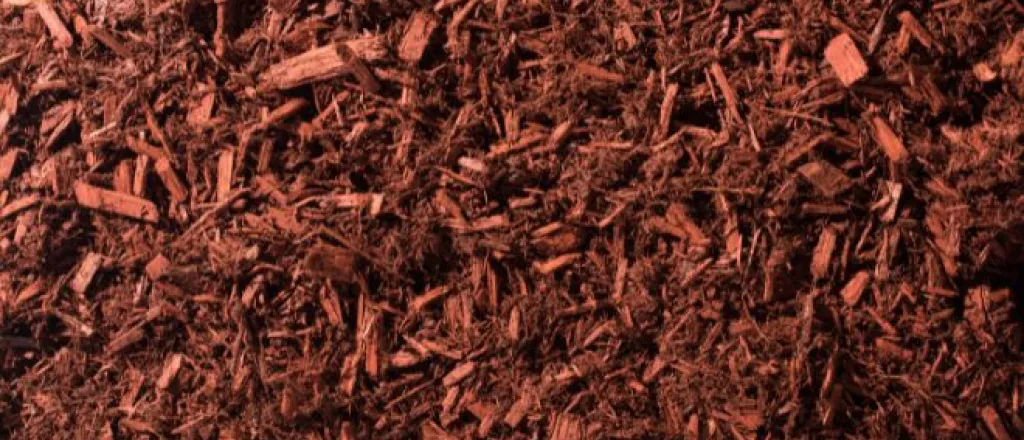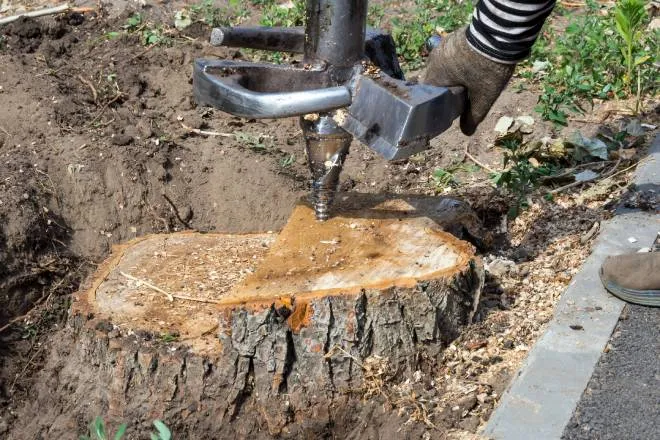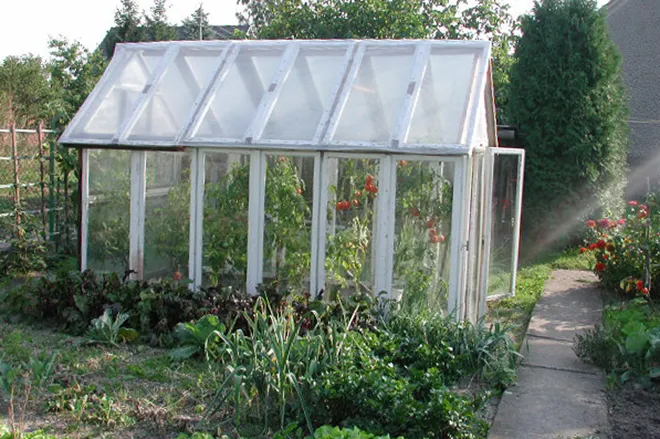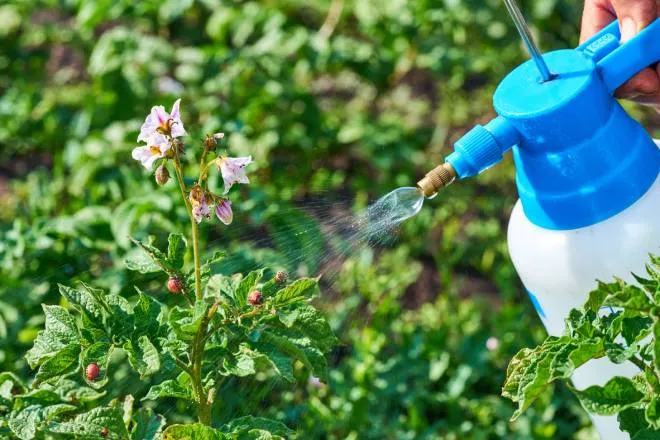
How to transition your garden from summer to fall
As the warm, lively days of summer slowly ebb away, the crisp, cool embrace of fall draws nearer. Transitioning your garden from the vibrant blooms of summer to the earthy tones of fall is not just a matter of aesthetics; it's about preparing your plants for the cooler months and ensuring a beautiful spring revival. This process might seem daunting, but with the right knowledge and tools, you can seamlessly transition your garden from summer to fall. Delve into several tips that will help you transform your garden into a fall paradise and nurture your plants through the changing seasons.
Mulching and composting for fall
Fall is the perfect time to start mulching and composting your garden. Mulch not only serves as a protective barrier against harsh winter weather, but it also helps retain moisture and suppress weeds. Use organic mulch such as shredded leaves, wood chips, or straw, which will slowly decompose and enrich your soil with nutrients. Composting, on the other hand, is a great way to recycle your garden and kitchen waste into nutrient-rich soil conditioner. Include a mix of green (vegetable peels, coffee grounds) and brown (dry leaves, straw) materials in your compost pile, turning it occasionally to speed up the decomposition process. By spring, you'll have a rich, crumbly compost ready to nourish your budding plants.
Protecting your plants from early frost
Early frost can be detrimental to many plants, especially if they're not properly prepared for the coming cold. Protection begins with understanding when your first frost typically occurs and what plants are most susceptible to its effects. Once you have this information, you can take steps to safeguard your plants as you prepare to transition your garden from summer to fall. Cover delicate plants with burlap or frost cloths when frost is predicted, ensuring the cover extends to the ground to trap heat. For perennials, consider mulching around the base to insulate the roots. If possible, move potted plants indoors or to a sheltered location.
Pruning and cleanup
As summer ends, it's time to tidy up your garden. Pruning involves removing dead, diseased, or overgrown branches from plants and trees, which not only improves their appearance and health but also allows for better growth in the spring. Focus on perennials that have finished blooming and any summer plants that look worse for wear. Cleanup involves removing spent annuals, fallen leaves, and rotting fruit, which can harbor disease and pests. This cleanup will give your garden a fresh start for the fall and make your spring gardening tasks easier.
Watering and fertilizing in the fall
Fall watering is crucial, especially for newly planted trees and shrubs. Despite the cooling temperatures, these plants need consistent moisture to establish their root systems before winter arrives. Water deeply and less frequently to encourage roots to grow deeper into the soil. On the other hand, fall fertilization provides plants with the nutrients they need to survive the winter and jump-start their growth in the spring. Use a slow-release fertilizer that can feed your plants throughout the winter. It's best to stop fertilizing about six weeks before your area's first expected frost date to avoid encouraging new growth that could be damaged by cold temperatures.

















